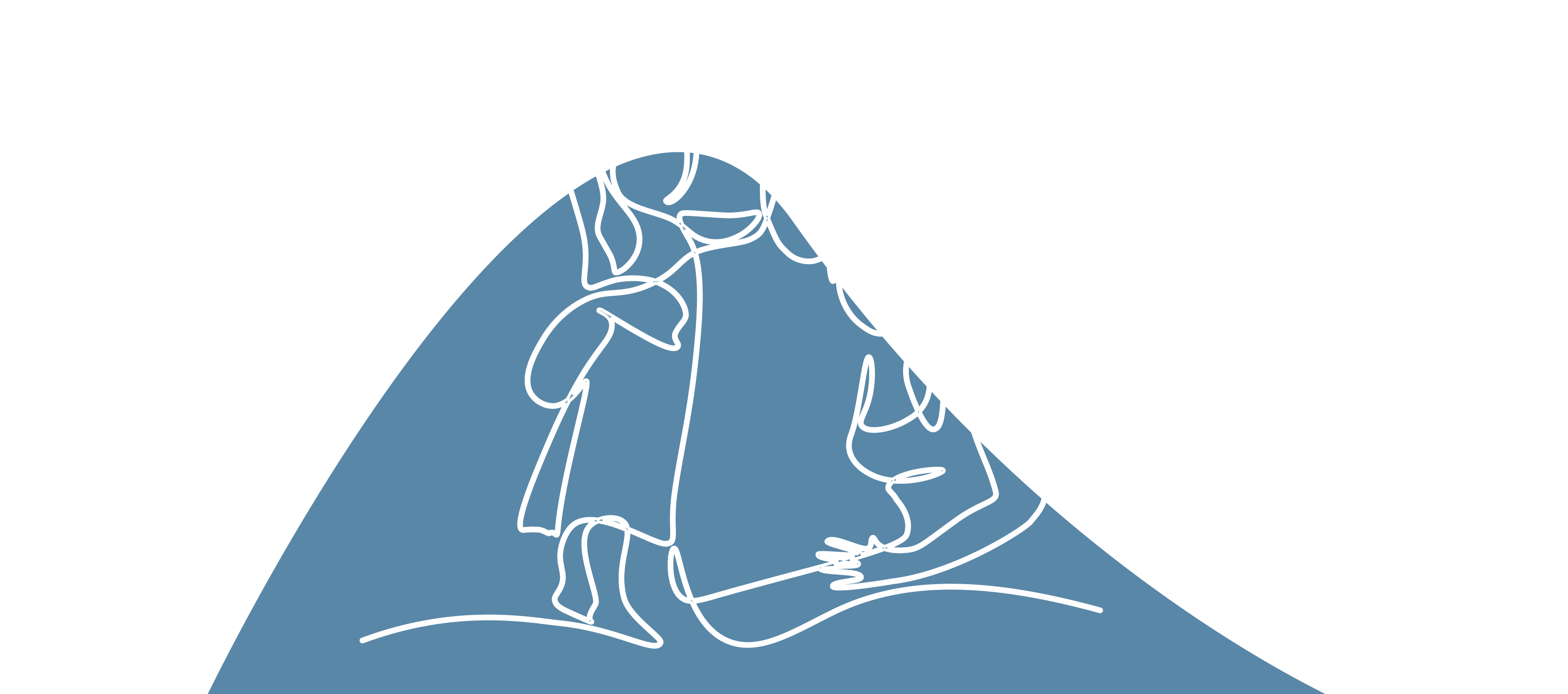- Home
- Child Safe Organisations
- Child Safe Standards
- ...
- Standard 8
Queensland's new child safeguarding law introducing Child Safe Standards commenced from 1 October 2025. Find out when you need to comply.
Physical and online environments promote safety and wellbeing and minimise the opportunity for children to be harmed.
Creating safe environments, both physical and online, is a cornerstone of children’s safety and wellbeing.
Physical and online environments must prioritise the physical, social, spiritual, emotional, and cultural safety and wellbeing of all children. This requires a holistic, strengths-based approach to safety and wellbeing. It includes designing physical spaces to minimise risks and maintaining online platforms that are safe, well-monitored, and aligned with the Child Safe Standards.
Actions you can take to apply this Standard in your organisation
- take a holistic, strengths-based approach to safety and wellbeing, ensuring that all aspects of a child’s wellbeing (physical, social, spiritual, emotional and cultural) are prioritised
- conduct regular audits of physical spaces to identify and mitigate risks, including playgrounds, classrooms and communal areas
- develop plans for responding to incidents in physical and digital environments, such as injuries or cyberbullying
- establish clear protocols for supervising children in both physical and online spaces
- ensure that staff and volunteers identify and mitigate risks in the online and physical environments without compromising a child’s right to privacy, access to information, social connections and learning opportunities
- ensure the online environment is used in accordance with your Code of Conduct and Child Safety and Wellbeing Policy and practices
- consider risks posed by organisational settings, activities, and the physical environment and identify mitigation strategies in your risk management plans
- if you contract facilities and services from third parties, have procurement policies and checks that ensure the safety of children
- gather feedback from children, carers, families and staff about the safety of your physical and online environments and act on concerns raised.
What if you’re a sole trader, small business or volunteer community group?
- if needed, seek advice from child safety community groups for advice about the safety of your physical spaces
- consider your online presence and how children are represented and how their images are used
- invite feedback from children and families involved with your business about the safety of your physical and online spaces and make changes based on what they say
- make sure any third-party providers have the necessary checks to work safely around children
- be mindful that some children will have specific needs that you may need to accommodate, for example, , family and living arrangements, or culture.
How does cultural safety look?
- design your physical and online spaces so they are welcoming to and respectful of Aboriginal and Torres Strait Islander people and co-design, where possible.
Successful implementation looks like a business or organisation where:
- physical environments meet safety standards and are regularly assessed for risks
- policies for online safety are documented, implemented and monitored effectively
- children report feeling safe in both physical and online environments, including culturally safe
- incidents of harm or breaches are rare and are responded to swiftly and effectively when they occur.
Further guidance
In addition to the information above, please find below some more specific resources that may be helpful for you to meet this standard. This is not an exhaustive list of the resources that are available but is a useful starting point.
There are some practices and activities that many organisations are already doing that will meet this standard. Some of these will be relevant across several standards. For example the development of a Child and Youth Wellbeing Policy could cover several requirements.
- The National Office for Child Safety has created a guide and checklist to identify child safety risks.
- The NSW Office of the Children’s Guardian Secretariat has created a video outlining Standard 8. (While NSW and Queensland’s Standards have some differences, there are applicable messages.)
- eSafety Commissioner has a range of resources to help improve online safety for children and young people.
Child Safe Organisations – online safety checklist helps identify considerations for organisations about how they engage with children online
Online safety book covers some of the key online safety issues for young people and includes a range of practical tips and advice on what to do if things go wrong
What to do if something bad happens online is a flowchart listing the reporting options available for online harm
The eSafety Guide is where you can learn about the latest games, apps and social media, including how to protect your information and report harmful content. - The Victorian Children’s Commission provides an overview of the types of actions and documents an organisation would have in place to achieve this standard.
- Australian Institute of Family Studies has produced this Online safety guide.
- Who knows what about me? from the Children’s Commissioner for England is a helpful guide for all the things to think about all the ways we are connected to the internet.
- Social and emotional wellbeing is the foundation of physical and mental health for many Aboriginal and Torres Strait Islander Peoples. Refer to these resources for more information: Social and emotional wellbeing articles
- National Strategic Framework for Aboriginal and Torres Strait Islander mental health and social and emotional wellbeing.
Visit our Resources webpage for more information.
Last updated
1 October 2025


